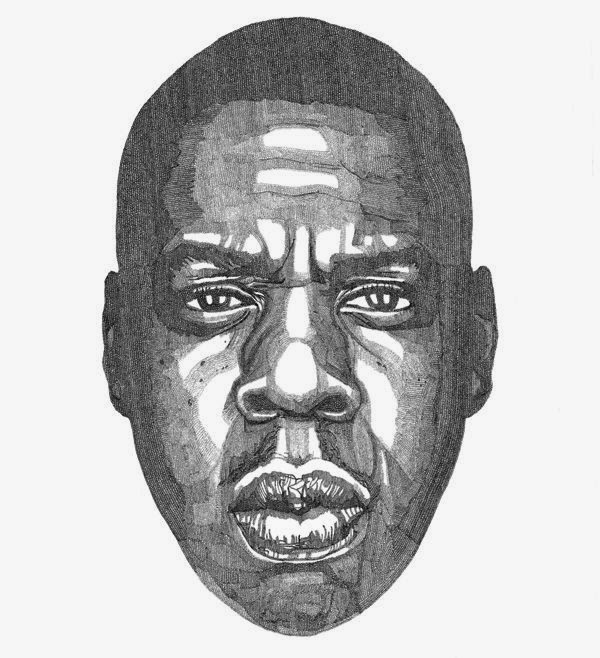Practicing Calligraphy
Our task for the day was to learn how to create letterforms following the given calligraphic forms as alphabet shapes.We began by practicing copying letters from the calligraphy alphabet that we were given. It was difficult at first to get the hang of it, but eventually it became easier. When I had finished writing the alphabet, I neatened up each of the letters using a thin black pen so that they would look cleaner and more professional. Below are some experimentations with letters and writing my name.
 Once I had mastered this way of writing, I wanted to experiment further. Using the sheet, I copied a phrase written out in calligraphy, which I thought looked appealing. This type of calligraphy was slightly different as it is not all capitalised, and the letters flow more freely into one another. I preferred the appearance of this way of writing as it looked more balanced and interconnected.
Once I had mastered this way of writing, I wanted to experiment further. Using the sheet, I copied a phrase written out in calligraphy, which I thought looked appealing. This type of calligraphy was slightly different as it is not all capitalised, and the letters flow more freely into one another. I preferred the appearance of this way of writing as it looked more balanced and interconnected.
 Once I had mastered this way of writing, I wanted to experiment further. Using the sheet, I copied a phrase written out in calligraphy, which I thought looked appealing. This type of calligraphy was slightly different as it is not all capitalised, and the letters flow more freely into one another. I preferred the appearance of this way of writing as it looked more balanced and interconnected.
Once I had mastered this way of writing, I wanted to experiment further. Using the sheet, I copied a phrase written out in calligraphy, which I thought looked appealing. This type of calligraphy was slightly different as it is not all capitalised, and the letters flow more freely into one another. I preferred the appearance of this way of writing as it looked more balanced and interconnected.
Once we had finished experimenting, our task was to create our own brand or change a brand already created, reinventing their appearance. I am from Lewisham so I thought I could try and reinvent Lewisham itself to make it become more elegant, so I reinvented the southwark council Lewisham signs that are placed all around the border of the area, welcoming people to Lewisham. I wanted it to appear more elegant and welcoming than their previous signs. I researched different calligraphic fonts to find one that I thought was appropriate and looked nice, I then copied it from the alphabet and connected each of the letters to make it look natural. Once I had finished, I outlined it in black marker pen to neaten it up and to make it look more professional, it was also easier to use a black pen to draw in the details of the swirls and to dot the 'i'. Below is the original, unappealing, almost broken sign, and below that is my reinvention of the sign, making Lewisham appear more appealing and inviting more people in to visit.
Our next task was to research text ideas where the text itself reflects the meaning of the word it is displaying, but only using punctuation and other letter forms. For example, the word balloon can be recreated by moving one of the 'o's further up the page to make it look like a balloon ascending into the sky, but the letter cannot be drawn on to make it look like a balloon, it is purely representational. I experimented with many words and researched other artists ideas, I then came up with the word 'fragmentation' as I thought it could be interesting to fragment the word itself. I moved the text around, and drew in pencil lines where i wanted the word to be split and moved. Although I wanted it to be fragmented, I still wanted the word to be connected so it flowed as a piece of art. Once I was happy with the pencil result, I wrote over it in pen and then removed the pencil diagonal lines. Below is the end result.
I was happy with the end result as it freely flows across the page and is different and interesting to look at.
















































